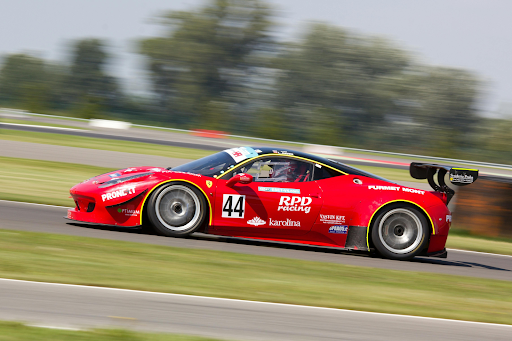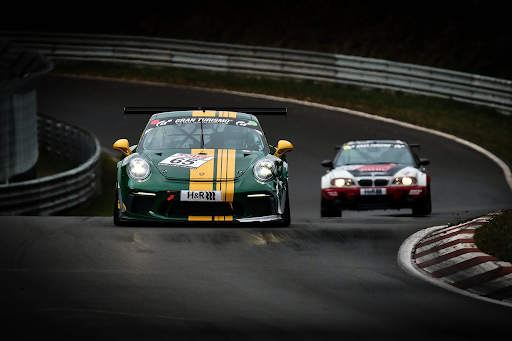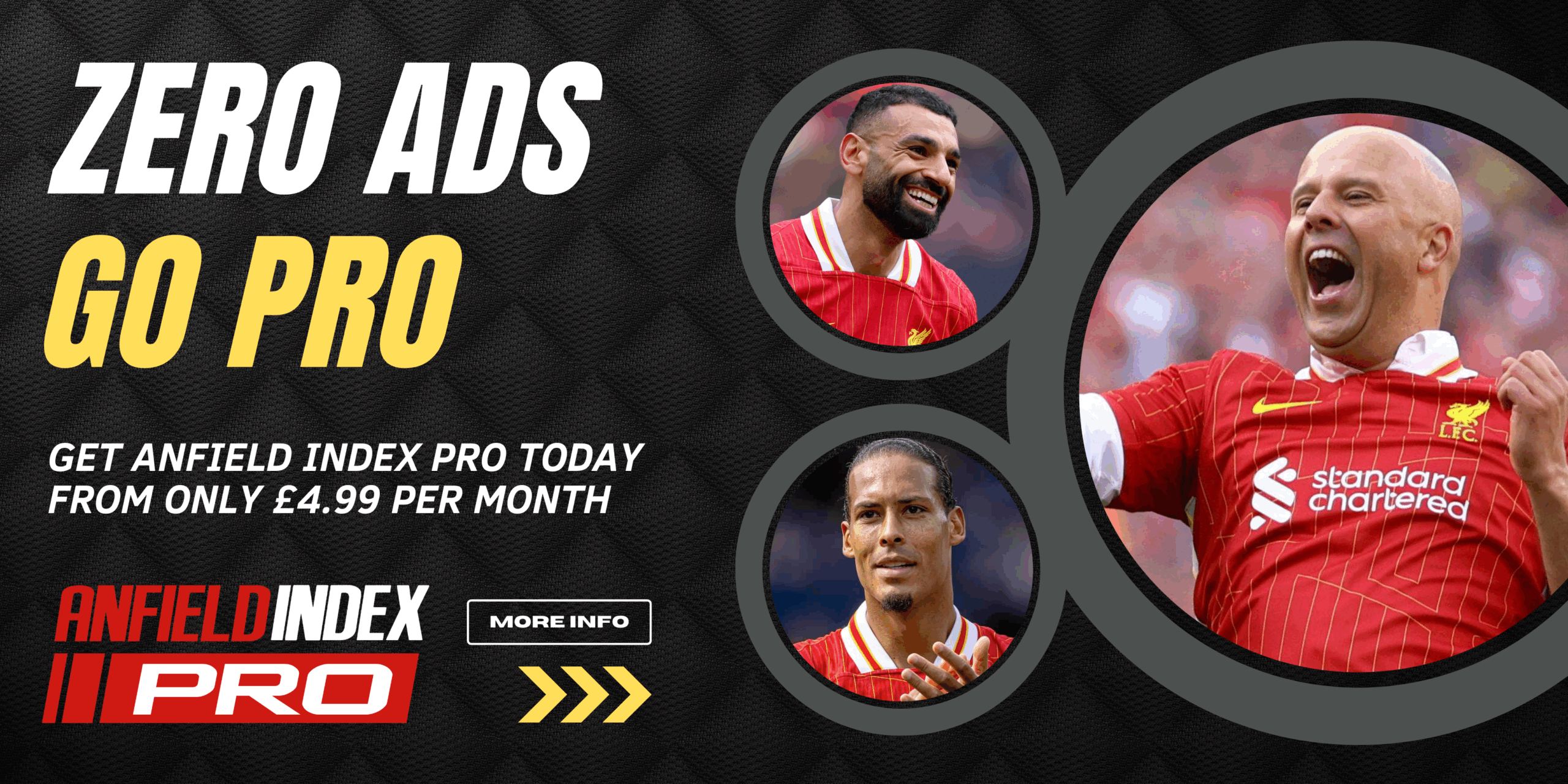The Future of Racing in Virtual and Augmented Reality
Racing has always been about the thrill — that heart-in-the-throat moment when you take a corner too fast but somehow stick it. We’re heading toward a future where you don’t need a track, a helmet, or a garage full of gear to feel that rush. VR and AR are making it possible to sit at home, throw on a headset, and feel like you’re hammering down the straight at Spa or dodging rain at Suzuka. It’s messy, exciting, and a little overwhelming — in the best way.
New Digital Hubs
What’s cool about this new wave of racing is that it’s not just about cars on screens — it’s about the networks forming around them. Think about casino sister sites, which pulls together a whole bunch of related platforms and lays them out in one place. It’s handy, it saves you from guessing which ones are safe or worth visiting, and it gives you a bigger picture of what’s out there. Racing will need the same kind of thing as VR and AR grow — shared hubs, places where drivers can compare setups, join leagues, and swap replays. This is what builds a proper scene, not just a bunch of scattered players.
VR Racing Feels Almost Too Real
VR has finally got good enough to stop feeling like a tech demo. Put on a decent headset, grab a wheel and pedals, and you’re basically in a cockpit. The graphics are sharp, the tracking is quick, and when you take a sharp turn, your body actually leans with it. After a few laps, you’re sweating like you’ve been in a real car.
What makes VR racing stand out:
- Total immersion – you’re inside the car, not just watching a screen.
- Affordable training – no track fees, no fuel costs, just practice.
- Global rivals – you can race anyone, anywhere, any time.
- Better gear support – rigs, wheels, and even motion seats keep getting cheaper.
AR Is the Quiet Revolution
While VR is all about shutting out the world, AR does the opposite — it layers racing on top of it. You can watch a live Grand Prix and see driver stats floating over each car. You could turn your empty parking lot into a mini circuit with digital checkpoints. It feels casual, easy to jump into, and doesn’t need a big setup.
Stuff developers are playing with right now:
- Ghost racing against pro drivers’ recorded laps.
- Mixed reality circuits that map digital tracks onto real roads.
- Clickable race data so fans can dig into tire wear or pit strategy on the fly.

Racing Will Get More Social
The next step isn’t just about better graphics. It’s about sharing the ride. Imagine streaming your cockpit view and letting friends jump into the passenger seat virtually. Or having a leaderboard that updates in real time so you can see who just set a record while you’re still on track.
Expect more of this:
- Fan-built tracks voted into official rotations.
- Spectator tools that let you control camera angles while you watch.
- Virtual hangouts where racers meet in AR before hitting the track.
Tech That Makes It Happen
The hardware and software under the hood are just as exciting. Physics engines are getting closer to reality, with tires that actually feel like they lose grip in the rain and suspensions that react properly over curbs. Cloud rendering means you don’t even need a monster PC to get photo-real tracks.
| Tech | What It Adds to Racing Experience |
| Motion rigs | Realistic g-forces and movement |
| Haptic gloves | You can “feel” the steering feedback |
| Cloud rendering | High-end graphics on regular machines |
| Smarter AI | Rivals that race like humans, not bots |
The Not-So-Glamorous Side
Of course, there are still headaches. Good VR kits cost money, motion sickness ruins it for some, and online lobbies can turn into chaos if the servers aren’t rock-solid. But these are growing pains. Every year, the gear gets cheaper and smoother.
Why It Matters
Motorsport has to stay fresh if it wants new fans. Not everyone can afford track days, but VR and AR make racing something anyone can jump into. It’s not just spectating anymore — you’re part of it, fighting for tenths of a second, feeling every bump, and sharing wins with friends on the other side of the planet.
Wrapping It Up
The future of racing won’t just be about horsepower. It’ll be about immersion, community, and connection. VR and AR are breaking the walls between fans and the track, letting anyone sit behind the wheel, no matter where they are. Give it a few years, and the line between “watching” and “racing” might not even exist anymore.




